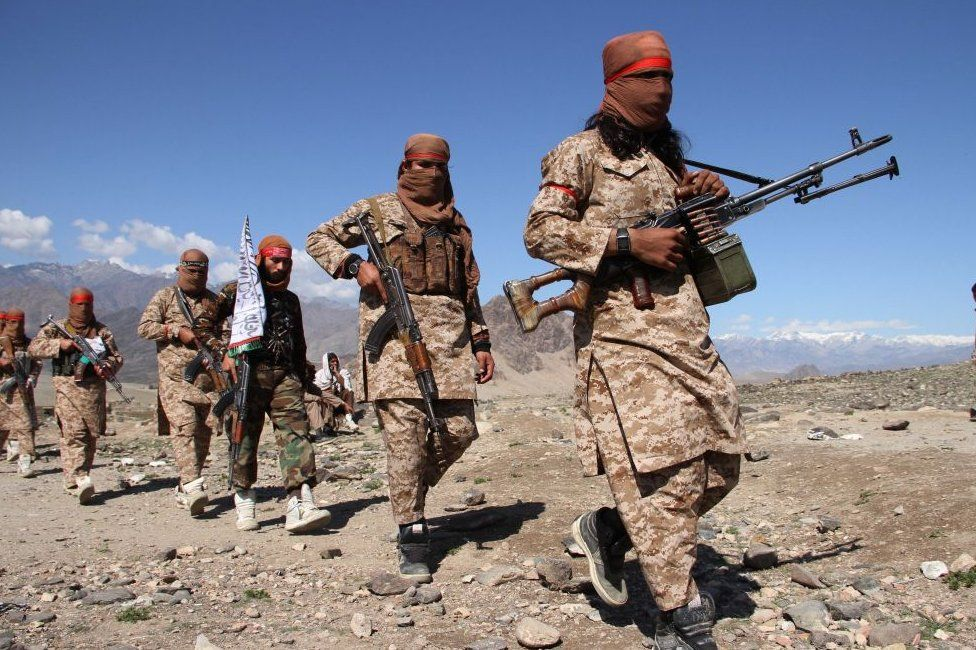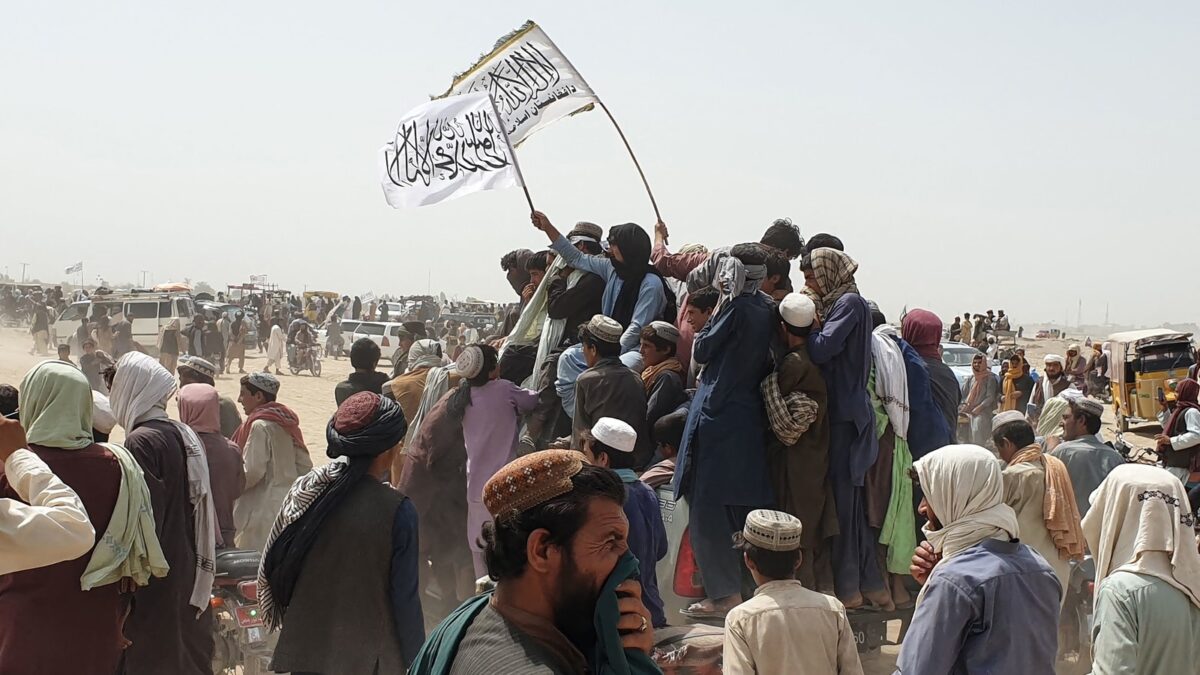The history of the Taliban is a convoluted tapestry interwoven with the tumultuous saga of Afghanistan’s socio-political landscape. Stemming from the cauldron of the Soviet-Afghan War, the Taliban’s trajectory has been marked by a mosaic of influences, ranging from religious zealotry to geopolitical maneuvering. This article delves into the multifaceted evolution of the Taliban, tracing its journey from its nascent beginnings amidst the rubble of conflict to its dramatic resurgence and return to power in 2021.

Table of Contents
Origins and Early Influences
The genesis of the Taliban can be traced back to the crucible of the Soviet-Afghan War in the 1980s, a period characterized by the fervent resistance of mujahideen fighters against Soviet occupation. Within this milieu, young students (Taliban) emerged as a distinct faction, infused with a fervent sense of religious zeal and ideological fervor. With the backing of external actors such as Pakistan’s Inter-Services Intelligence (ISI) and Saudi Arabia, these nascent militants were imbued with a sense of purpose, laying the groundwork for the Taliban’s ascent in Afghan politics.
Taliban’s Rise to Power
The vacuum left by the withdrawal of Soviet forces in 1989 precipitated Afghanistan into a vortex of chaos and instability, with warring factions vying for control. Against this backdrop, the Taliban, under the leadership of figures like Mullah Omar, capitalized on widespread disillusionment with the prevailing warlordism and rampant lawlessness. Promising a return to order and the imposition of Sharia law, the Taliban garnered support from segments of the population weary of incessant conflict. By 1996, the Taliban’s lightning offensive culminated in the capture of Kabul, heralding their ascension to power.

Rule and Governance
The Group’s reign from 1996 to 2001 was characterized by a draconian interpretation of Islamic law, enforced through brutal means and stringent edicts. Public executions, amputations, and the imposition of strict codes of conduct epitomized their rule, as Afghanistan plunged into a dark abyss of oppression and fear. Women bore the brunt of the Taliban’s harsh policies, with severe restrictions imposed on their education, employment, and freedom of movement. Despite initial acquiescence from some quarters, the Taliban’s iron-fisted rule engendered widespread discontent and international condemnation.
International Interventions and Decline
The events of September 11, 2001, proved to be a seismic jolt that reverberated across the globe, thrusting Afghanistan into the spotlight of international scrutiny. The terrorist group’s refusal to extradite Osama bin Laden, the mastermind behind the attacks, precipitated a swift and decisive response from the United States and its allies. The subsequent US-led invasion toppled the Taliban regime and initiated a protracted military campaign aimed at eradicating terrorism and fostering democracy. Despite their initial defeat, the Taliban persisted as a resilient insurgency, regrouping in the rugged terrain of Pakistan’s tribal regions and launching a relentless guerrilla war against coalition forces.

Resurgence and Negotiations
In the aftermath of their ousting, the group underwent a process of regeneration, exploiting the fault lines within the Afghan government and the presence of foreign troops. As the US-led coalition gradually withdrew from Afghanistan, the terrorist group capitalized on the power vacuum, embarking on a relentless campaign to reclaim lost territory. Simultaneously, intermittent peace talks and negotiations were initiated, signaling a tentative willingness on both sides to seek a political resolution to the conflict. However, the road to reconciliation remained fraught with challenges, as entrenched mistrust and divergent interests impeded substantive progress.
Return to Power
The zenith of the terrorist group’s resurgence came in 2021, as the final withdrawal of US and NATO forces precipitated a cataclysmic unraveling of the Afghan state. In a lightning blitzkrieg, the Taliban seized control of provincial capitals and outposts, culminating in the dramatic fall of Kabul in August 2021. The scenes of chaos and desperation that ensued, as Afghan civilians scrambled to flee the country and foreign nationals evacuated en masse, underscored the magnitude of the Taliban’s triumph and the profound implications for Afghanistan’s future

The trajectory of the terrorist group from the crucible of the Soviet-Afghan War to their return to power in 2021 encapsulates the cyclical nature of conflict and the enduring complexities of Afghan politics. From their origins as anti-Soviet insurgents to their resurgence as a formidable force, the Taliban’s trajectory is emblematic of the intricate interplay between historical legacies, geopolitical dynamics, and ideological fervor. As Afghanistan grapples with the implications of Taliban rule, the lessons gleaned from their tumultuous history serve as a sobering reminder of the challenges ahead and the imperative of forging a path towards lasting peace and stability.



